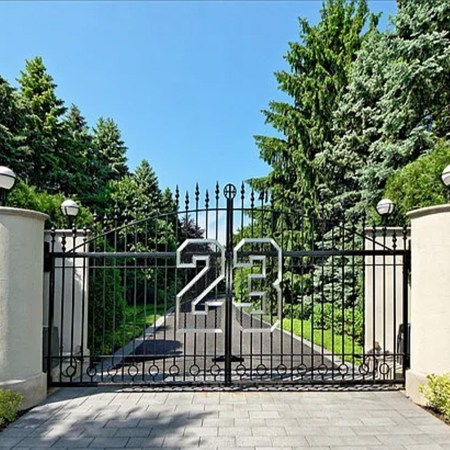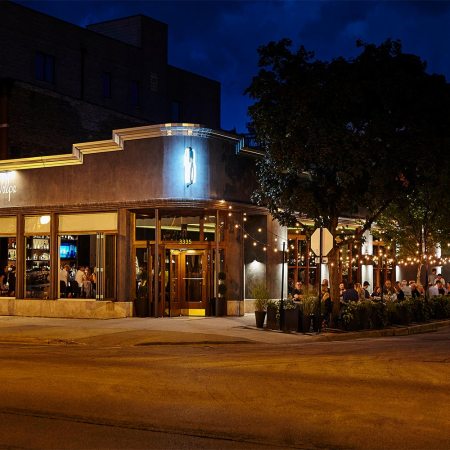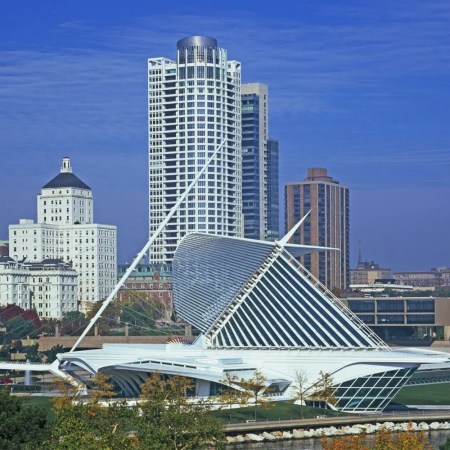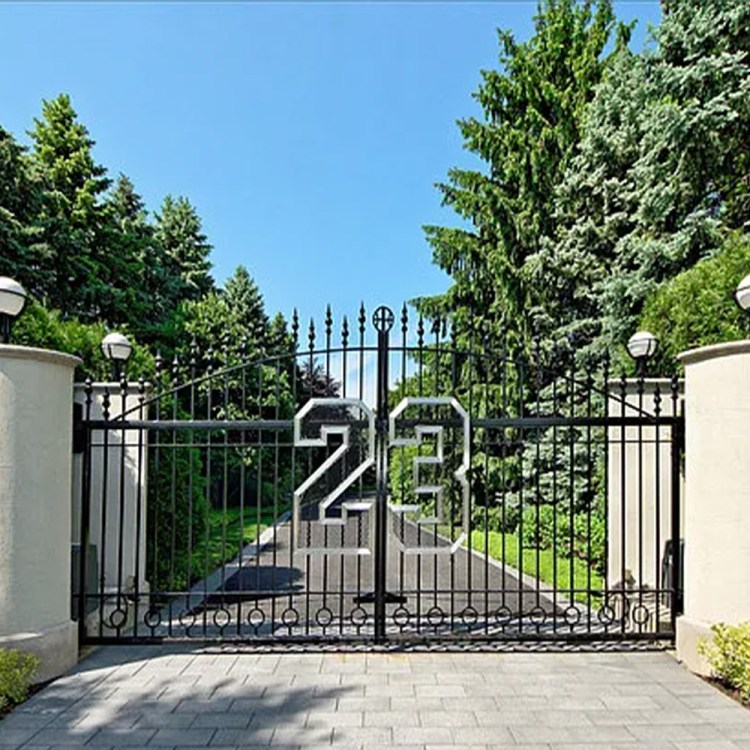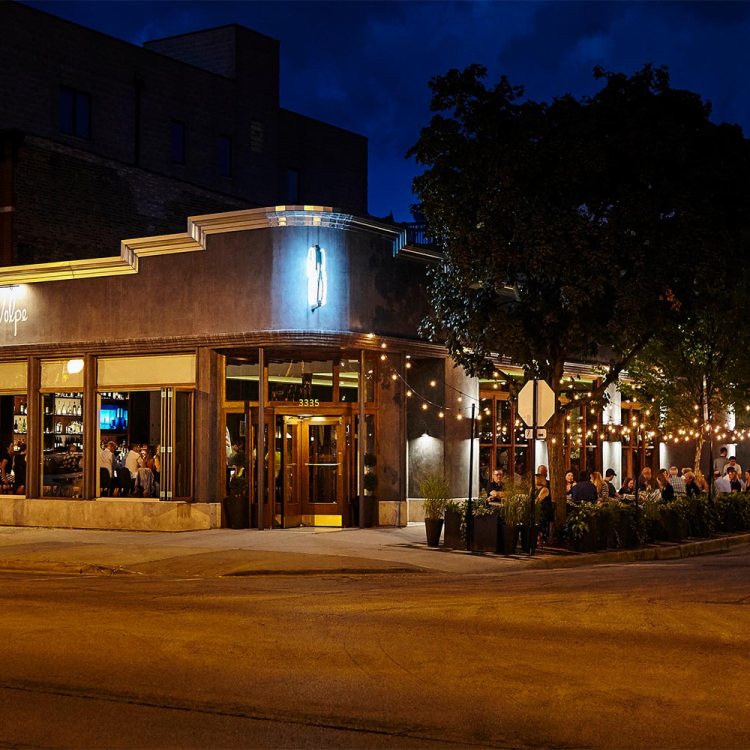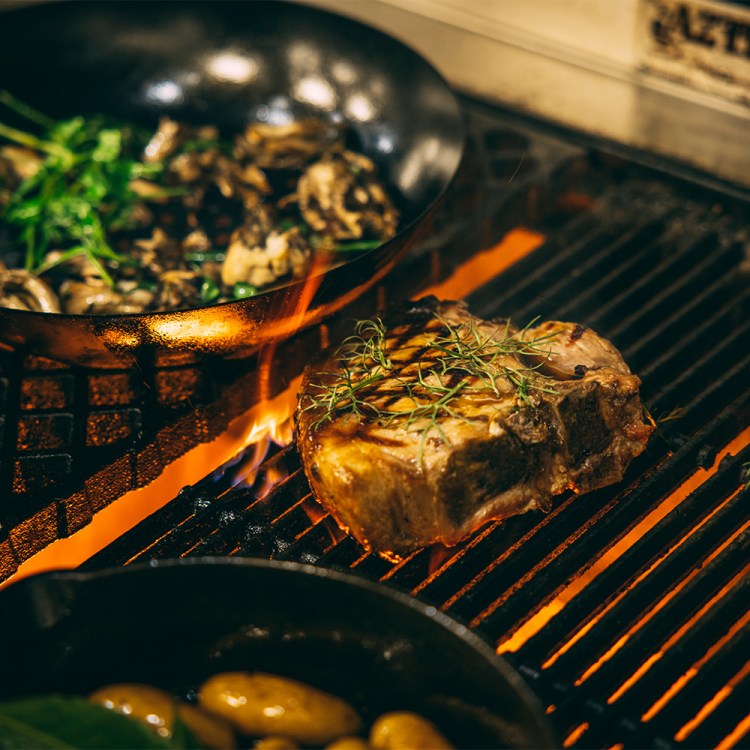At the West Loop’s La Josie, agave fans can rejoice: Here, chef-owner Pepe Barajas has built a list of over 100 mezcals and other Mexican spirits, notably stocking bottles from eight different states within the mezcal D.O.
Barajas, who first became enamored with mezcal when he learned how much hard work and dedication goes into its production, is proud to offer such a wide range — not just of mezcal, but of other, thus far lesser-known agave-based spirits.
“Raicilla is a personal favorite,” he says of the roasted agave spirit known for its vegetal notes, though he also enjoys the pleasant buttery profile of Sonora’s bacanora.
“Raicilla and bacanora are part of the big thing now,” he says. “Rhodacantha Raicillas and Pacifica Bacanora make amazing cocktails.”
And he should know: At La Josie, alongside consulting mixologist Revae Schneider, the bar team has crafted a long list of creative cocktail choices, including the Sol de Oaxaca, which sees Leyenda de Oaxaca mezcal blended with Paranubes rum, tomatillo chile de arbol shrub and lime, or La Luchador with Lunazul Blanco tequila, lime, strawberry, raspberry, ginger and soda.
But while the cocktails at La Josie are certainly attention-grabbing, Barajas’ true passion lies in wild agaves — best served neat.
“Higher-proof Espadin is better suited for cocktails, because its flavors will stand out in the cocktail,” says Barajas, who recommends Mal Bien, Koch and Agua del Sol, if you’re looking for mezcals meant for mixing.
“Wild agaves,” he continues, “are meant to be enjoyed neat with a glass of water — no ice — on the side.”
This category is incredibly vast, with the varied terroir of Mexico’s different mezcal-producing regions affording a range of flavor profiles.
“Regions like Guerrero, Zacatecas, are typically earthier and drier,” Barajas explains. “Regions like Oaxaca, Michoacán and Puebla are grassier and green. San Luis Potosí and Durango are typically spicier and sweeter.”
And that’s just the beginning. If you’re building your collection at home, here are the ones this agave expert recommends.
Lagrimas de Dolores “Masparillo” from Durango
Made by the Gutierrez family at Hacienda Dolores, this mezcal is made using Masparillo maguey — a rare choice for the region. The cooked agave hearts are hand-crushed and fermented in open pine vats before stilling in a traditional wooden alembique viejo, a more modern version of the tree trunk stills indigenous groups in the area once used.
Gracias a Dios “Tobala” from Oaxaca
This mezcal from the state of Oaxaca is made by master mezcalero Oscar Hernandez using the Tobala agave. Hand-harvested and stone-ground, the agave is fermented in pine or oak and distilled in copper stills. Barajas says it’s the most floral Tobala he’s ever tasted.
5 Sentidos “Pechuga con Mole” from Puebla
According to Barajas, this mezcal from Delfino Tobón Mejía is “like mole in a bottle” — a description that is apt for more reasons than one. This traditional mezcal style is made by hanging a raw free-range chicken breast over the pot where the Papalote agave is distilled — in this case, that chicken hails from Mejía’s own backyard, where his wife, Nallely, raises them. The technique allows the chicken juices to mingle with the spices from the mole poblano paste used in the mezcal, affording it a rich, savory flavor.
Real Minero “Cuishe” from Oaxaca
The family-owned Real Minero distillery has been going strong for seven generations, using a unique distillation process that Barajas highlights as truly special. Distilled in clay, this small-batch mezcal is made with semi-wild Cuishe maguey and boasts a lovely, balanced flavor. Also of note: this distillery’s commitment to agave reforestation, which has helped rescue several agave varieties on the brink of extinction.
Mezcales de Leyenda “Verde” from San Luis Potosi
This mezcal is made with Samiana agave — a hardier variety that can withstand the arid climate of the Potosino plateau. Boasting a unique flavor profile, this agave takes almost a decade to reach full maturity, at which point it is prepared by mezcalero Juan Jose Hernandez, who first cooks it for 48 hours in a traditional clay oven. Only then is the agave fermented in a copper still with endemic yeast. Barajas loves the balanced sweet and spicy flavor of this mezcal — his favorite from the San Luis Potosi region.
La Medida “Coyote” from Oaxaca
Berta Vasquez is the mezcalera behind this balanced mezcal from Mitla, made with Coyote agave — an oddball of a plant whose seeds can actually produce different varieties of agave. Its name is linked to local legends claiming the coyote can take different forms. For Barajas, the resulting mezcal boasts “just the right balance of sweetness and dryness.”
Lalocura “Tobaziche” from Oaxaca
This mezcal from mezcalero Eduardo “Lalo” Angeles is made with a combination of Tobasiche and Espadin, distilled in clay pots in the town of Santa Catarina Minas, one of the capitals of this style. Cooked with Encino wood in an underground pit oven, the agave are hand-mashed and fermented in cypress tanks using endemic yeasts. For Barajas, “the earthy green and sweet flavor profile of this mezcal balances perfectly.”
Lamata “Castilla” from Nuevo León
Hailing from the colder mountain regions of Santiago, this mezcal is unique in that it is fermented, not with water, but rather with pulque, a beverage made from the fermented sap of the maguey plant. This, according to Barajas, lends it its unique scent and a flavor of overripe peaches or prunes.
This article was featured in the InsideHook Chicago newsletter. Sign up now for more from the Windy City.

